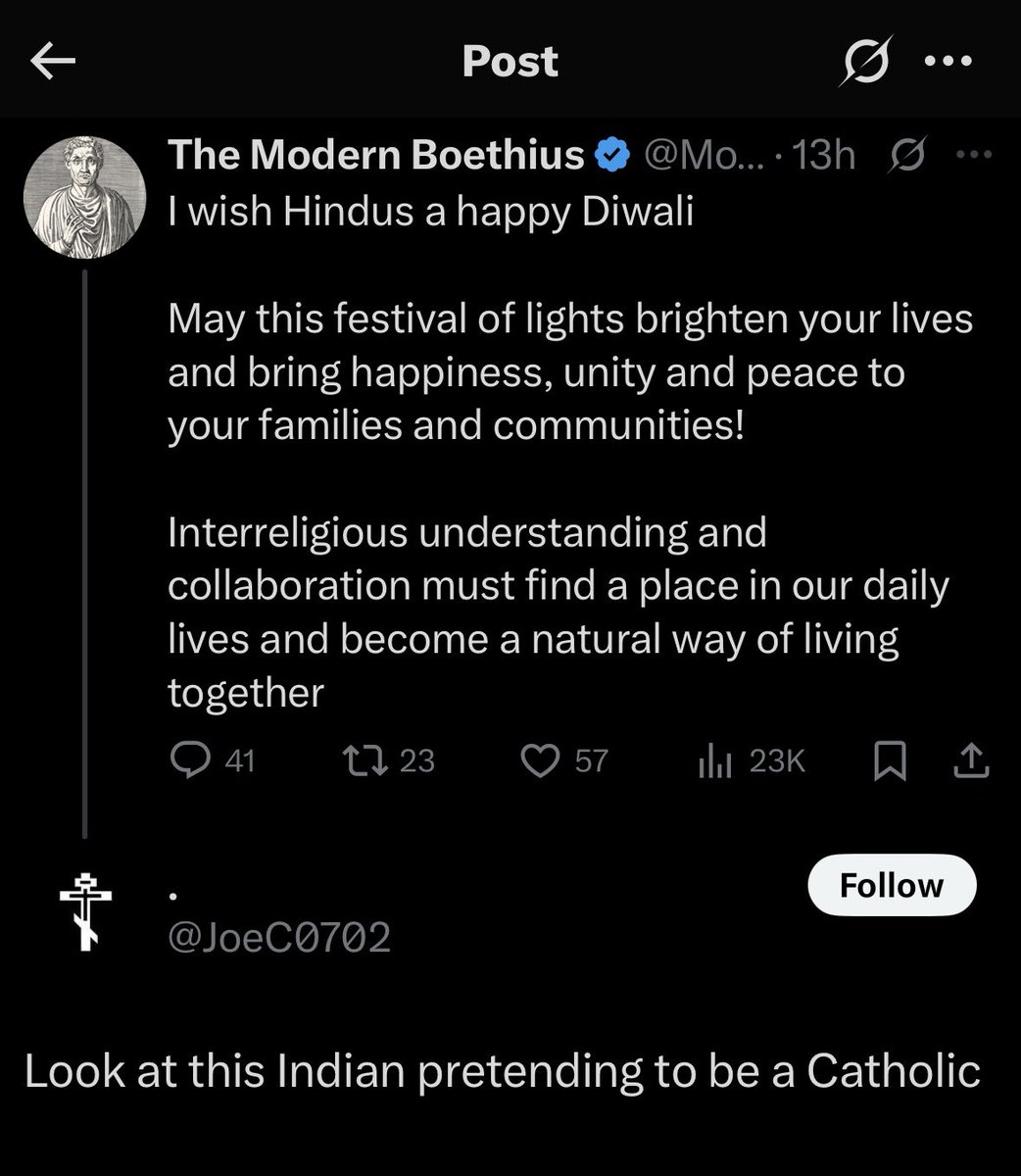“No Rupture with the Past” Update:
John Courtney Murray’s Condemned Error became Doctrine at Vatican II

Not that more proof was needed, but it doesn’t hurt: Here is yet another admission by a modernist piece of literature that the doctrine on religious liberty proclaimed by the bogus “Second Vatican Council” in 1964 is in contradiction to the prior Catholic teaching on the confessional state. The snippet above is taken from p. 333 of the book The Diocesan Seminary in the United States: A History from the 1780s to the Present by Joseph M. White (Notre Dame, IN: University of Notre Dame Press, 1989). To see a full scan of pages 332-333 for context, please click here (PDF).
Some background in a nutshell: Fr. John Courtney Murray, SJ, was a modernist American Jesuit who introduced a new teaching in Catholic Church-state relations in the 1940s, and this novelty was in clear opposition to the official Catholic doctrine, clarified by Popes Gregory XVI, Pius IX, Leo XIII, and Pius XII. The true teaching on Church-state relations, that of the Catholic confessional state, was so well-known and so clear that virtually every dogmatic theology textbook in seminaries around the world expounded the very same teaching in the same terminology: that the ideal is a Catholic state, and this Catholic state must be indirectly subject to the Church.
Murray’s biggest antagonists in the United States were Fr. Francis J. Connell, CSsR, Mgr. George W. Shea, and Mgr. Joseph Clifford Fenton, all teaching at the Catholic University of America at the time. In addition, Fenton was the editor of the American Ecclesiastical Review, a magazine for clergy and laity that prided itself on defending orthodox Catholic teaching in strictest obedience to the Holy See. Fenton’s review published a substantial amount of the debate with Murray in its pages in the 1950s.
Cardinal Ottaviani, then Pro-Secretary of the Holy Office, came to Fenton’s defense in a lecture given at the Lateran University on March 2, 1953, though the controversy continued. In 1954, Cardinal Giuseppe Pizzardo, then Secretary of the Holy Office, ordered Murray to retract certain published errors on the topic, and by 1958, the Holy Office was preparing an official condemnation of Murray and also Jacques Maritain (another major thinker behind Vatican II) — it was only the death of Pope Pius XII on October 9 of that year that prevented publication and enforcement of the condemnation, since the Church became eclipsed with the rise of John XXIII and the Vatican II Church.
It is quite telling that the author of the above snippet, Joseph M. White, admits that Fenton’s position — which was simply the orthodox and mandatory Catholic position before the council — has since been “eclipsed” and that Murray’s position was “unorthodox” and “dissenting” but has since become the teaching of Vatican II. This is exactly what we’ve been trying to show at Novus Ordo Watch: that the Vatican II Church is a false church preaching a false doctrine in contradiction to the Roman Catholic teaching before John XXIII.
Forget the fabled “hermeneutic of continuity”, folks. It is a sham. The reality is the contradiction between the two religions: Only one position can be true – the other is false.
Sources:
- “The Censuring of John Courtney Murray” by Robert Nugent, The Catholic World (Jan/Feb and Mar/Apr 2008)
- John Courtney Murray: Theologian in Conflict by Donald E. Pelotte (NY: Paulist Press, 1975)
- “Catholic Principle and the American Experiment: The Silencing of John Courtney Murray” by Joseph A. Komonchak, U.S. Catholic Historian 17 (Winter 1999): 28-44.
- The Diocesan Seminary in the United States by Joseph M. White (IN: University of Notre Dame, 1989)
Reality Check:
- Duties of the Catholic State in Regard to Religion by Cardinal Alfredo Ottaviani (March 2, 1953)
- “But though we, or an angel from heaven, preach a gospel to you besides that which we have preached to you, let him be anathema.” (Gal. 1:8)
- “When religion is manifested by external acts and, in a special manner, by a cult or rite, the ecclesiastical and civil authorities have the right and duty to prohibit those acts which are harmful to the social good. […] Consequently, the error of Catholic Liberals is deservedly condemned, because they contend that full liberty is to be given to everyone and that error is to be repressed only by an exposition of truth. […] …if we posit the fact that the good of [a non-Catholic] society demands that the various kinds of divine worship enjoy the same serenity as the true religion, then what today is called freedom of conscience and of worship can be tolerated. Therefore, the Roman Pontiffs do not absolutely condemn these freedoms; but they do forbid that these liberties be considered as rights which must be granted to error or to false religion.” (A. Tanquerey, Manual of Dogmatic Theology, vol. 1, par. 280.d; 281.a.2; 281.b.2)
- The Conclave of October 1958: Roncalli takes over and begins the Vatican II Church
- Fr. Sylvester Berry warns in 1927: “Satan will set up a False Church”




No Comments
Be the first to start a conversation